
Deutsche Grammophon has a new hunk on the market, ignoring the fact that he’s been around for twenty years. Ildebrando d’Arcangelo has been steadily building a career since the early 90s, getting a reputation as a reliable, intelligent artist with a supple bass-baritone. He has a lengthy career of singing with the greats under his belt, not to mention several high-profile recordings of full-length operas.
Even so, the record label is promoting his new album of Mozart arias (released to coincide with a debut at Los Angeles Opera as Guglielmo) as a major new discovery with an emphasis on his sex appeal. The album cover says it all: D’Arcangelo, in acid-washed jeans and a dark jacket, perches on a high stool and smolders at the camera while nonchalantly holding a fedora. It’s… well, let’s just call it very Italian.
Luckily, D’Arcangelo has more to offer than sex appeal. Mozart offers the pleasures of a singer in his home repertoire. D’Arcangelo’s voice is large and richly-colored, and he uses it well. He lacks, perhaps, the ultimate in agility or dramatic insight, and the vibrato is almost too wide for comfort on occasion, especially when he goes low.
However, this is a man who knows what his voice can do and knows how to use it. Working with the orchestral forces of Turin and conductor Gianandrea Noseda (an admirable and insightful conductor who is here generally content to stay firmly in support of his basso) this all-Italian effort mostly shows him off to a great advantage.
The album is a good mix of the expected and the unfamiliar: all the major baritone arias from the Da Ponte operas are performed alongside four concert arias. We begin with one of D’Arcangelo’s best roles, Leporello. A comparison to his recording of the role with John Eliot Gardiner, made in 1994, reveals that over the years his voice has deepened, a bass-baritone with emphasis on the former. This is to his advantage. His Leporello seems more knowing, more insinuating than before. With wonderful textual detail, the Don’s servant gets things off to a promising start. Later in the album, his master is represented to good effect with a reckless champagne aria, and to rather poorer effect with a rendition of the serenade that sounds closer to a call to arms than a call to romance. Leporello is clearly the better role for him.
All three of Figaro’s arias are performed. “Se vuol balliare” is too blunt and could use a lighter dramatic touch. An interesting textual note is reached with “Non piú andrai”; D’Arcangelo and Noseda choose to use a new critical edition by Francesco Lora, which sets the preceding recitative as a recit. acompagnato. It’s certainly high-energy and a good match for the aria, but I have no idea if it’s actually Mozart. The aria proper is performed with panache; he even throws in the optional high G. “Aprite un po’quegli occhi” is probably the most effective of the three. Noseda takes it at a clip and D’Arcangelo works himself into a rage by the time the aria is over.
The vanity of Guglielmo is used for magnificent comic effect in his two arias. D’Arcangelo records the alternate act one aria, the showier “Rivolgete a lui lo sguardo.” He sounds great here and shows off some marvelous dynamic control. “Donne mie, la fate a tanti” benefits enormously from immaculate diction and a sarcastic dramatic approach.
The first of the four concert arias, “Non so d’onde viene” allows D’Arcangelo to show off his basso credentials. The aria was written for the original Sarastro, Ludwig Fisher, and D’Arcangelo grabs the cavernous low Fs and Es without having to reach for them. “Mentre ti lascio, oh figlia” is not quite as rangy (though there is a rather nice high F#) but it allows D’Arcangelo to caress some truly lovely legato lines. “Aspri rimorsi atroci” is a rage aria, and D’Arcangelo throws himself into the torment admirably. The serene “Per questa bella mano” features Davide’s Ghio’s immaculate playing on the double bass and D’Arcangelo’s beautiful pianismi on the single bass.
The album closes with Count Almaviva’s magnificent “Hai gia vinta la causa.” I prefer a lighter sound that D’Arcangelo can provide for the Count but he sings the aria with great finesse. If he does not mine the recitative for all it is worth, neither do most baritones. His execution of the dangerous run of triplets near the aria’s end goes extremely well.
While providing no great discovery, D’Arcangelo’s readings of these familiar arias are more than satisfactory. The inclusion of the four concet arias provides the album with a clearer reason of existence, and indeed prove to be the highlights of the album. In any case, D’Arcangelo seems to have “arrived” and he’s more than welcome to the title.
La Cieca sent a very different kind of solo disc to me several weeks ago, but unfortunately time, a broken stereo and a hectic schedule have delayed my review until now. Après un Rêve is the latest album
from French soprano Sandrine Piau, a collaboration with pianist Susan Manoff, who plays masterfully throughout.
Instead of being devoted to a single composer, Piau forms a recital where each set is linked by a general theme of night, sleep and dreams. It’s the kind of album that includes poetry and personal essays in the linear notes. The theme actually works, but the various dream songs tend to make the album feel a bit on the lugubrious side.
Piau’s singing is always beautiful, and she gives the melodies great nuance. In both her characteristically French vocal style and her attention to text, I was generally reminded of Natalie Dessay in her heyday. A highly individual singer, she has a way of starting a note straight-toned and then adding vibrato to it as it is sustained. While not by any means unpleasant, it is definitely attention getting, and not necessarily in a good way.
We start with Richard Strauss. “Nacht” gets the album off to a suitably hushed start, even if it fails to float quite the way it should. “Der Geheimnis,” the most successful of the Strauss set, has a knowing tone that Piau tinges with melancholy. Manoff’s performance of the long introduction to “Morgen” is particularly sensitive, but here Piau sacrifices an insightful delivery of the text in exchange for extremely legato singing. Its beautiful, but I feel, strongly, that a lieder singer should never sacrifice text for anything.
The challenging Faure song that gives the album its title is pulled off well by both singer and pianist, and Piau gives a text-sensitive reading of his other songs included “Clair de Lune” (which borders on the magical) and “Les Berceaux”. Mendelsshon’s Neue Liebe, with its dancing elves, injects some life into proceedings, which have thusfar threatened to droop, and Piau has great fun with the sinister “Hexenlied.”
The other Mendelssohn songs, “Nachtled” and “Schlafloser Augen Leuchte” are back in the quiet mode, which continues unbroken into the Chausson set. “Amour d’antan”, “Dans la foret du charme” and “Les Heures” are all sung with an unrelenting dreaminess, but the romantic composer, with his unceasing, rippling accompaniment, at least adds some dissonance into the mix.
More dissonance is added with a new song cycle from French composer Vincent Bouchot. “Galgenlieder” (Gallows Songs) is the “nightmare” part of the set, with angular, brooding harmonies jutting suddenly into existence. After the album’s melodic first half, these five songs come as a shock to the system, though not an unpleasant one.
Perhaps after the nightmare, Piau awakes to the conversational reality of Françis Poulenc. The self-reflective “Montparnasse” and its companion piece “Hyde Park” (the texts are by the same poet Guillaume Apollinaire) are performed coolly, almost dispassionately and speak for themselves rather nicely. The “Mélodies de Apollinaire” are followed by “Deux Poèmes de Louis Aragon”, which work rather less well. The poems are a reaction the invasion of France by Germany in World War Two, and they fail to register with the impact they should. Perhaps the reason lies in the theme: in such dreamlike surroundings, awful reality seems out of place. “Fêtes galantes”, the second song, burns with the proper fury and is more effective; it is the heartbreaking “C” that falls short. In the right hands the quiet, immovable declaration “I have crossed the bridges of Cé” can be absolutely devastating. Piau doesn’t achieve the emotional climax this song is capable of delivering.
The album closes with three of Britten’s folksong settings. Piau goes for interpretation: “The Salley Garden” is all sweetness and light, “There’s None to Sooth” deep and anguished and “I Wonder as I Wander” childlike and simple. Unfortunately the effect is undercut by her English diction, by far the weakest of the three languages on the disc.
I suspect I would be ecstatic to hear this program on the concert stage, but listening at home left me somewhat cold to Piau’s many charms. Chalk this up as a fascinating experiment that works but never quite congeals.
-
Topics: bass-barihunk, cd, review
Latest on Parterre
parterre in your box?
Get our free weekly newsletter delivered to your email.


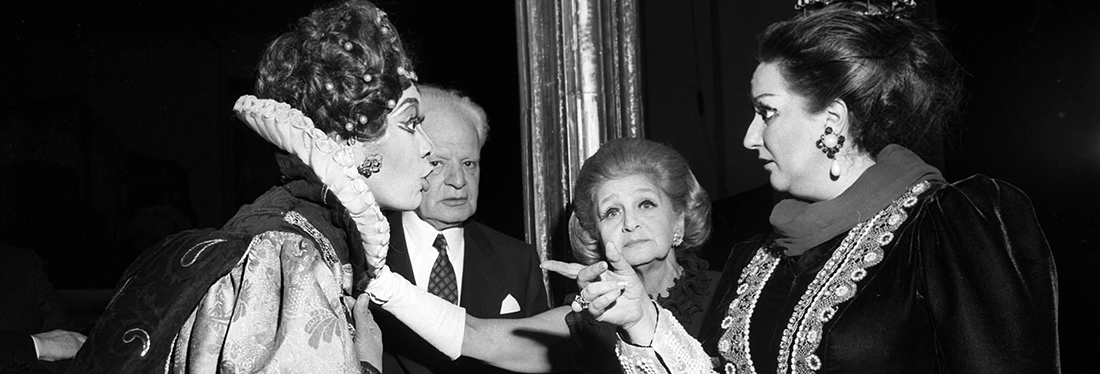
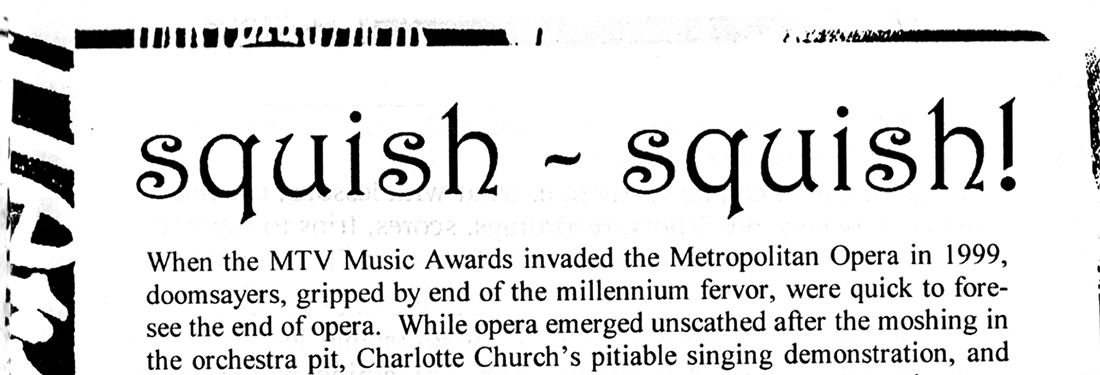
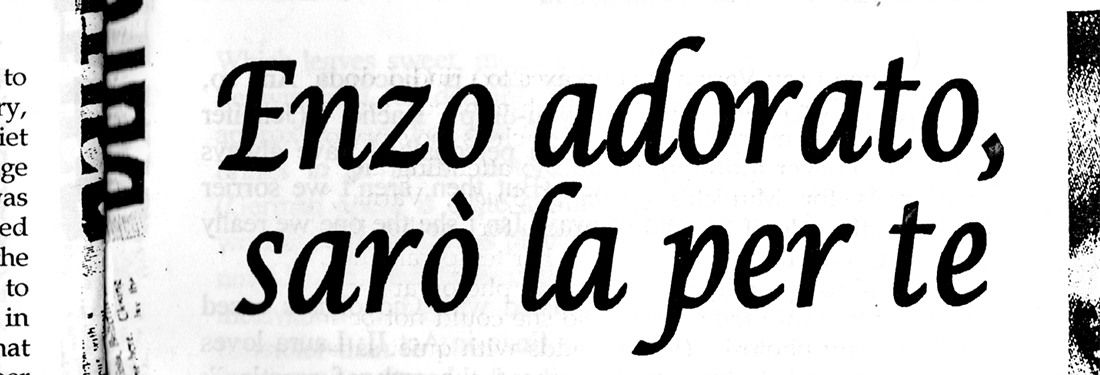
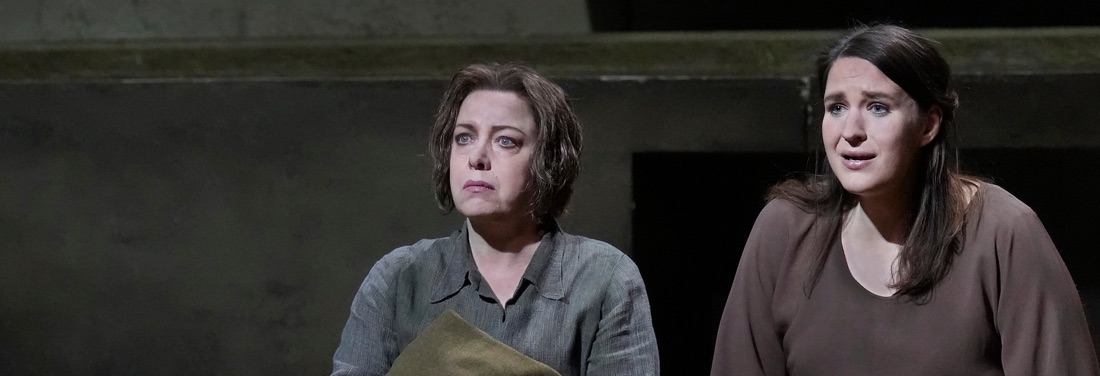
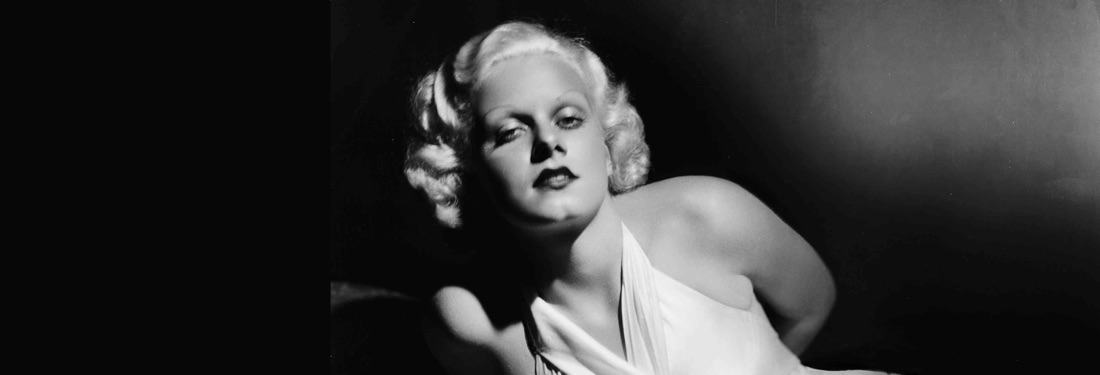
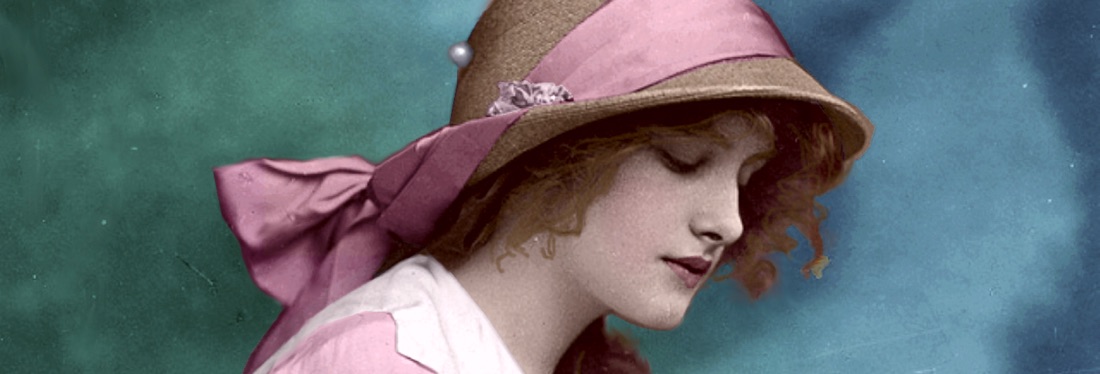
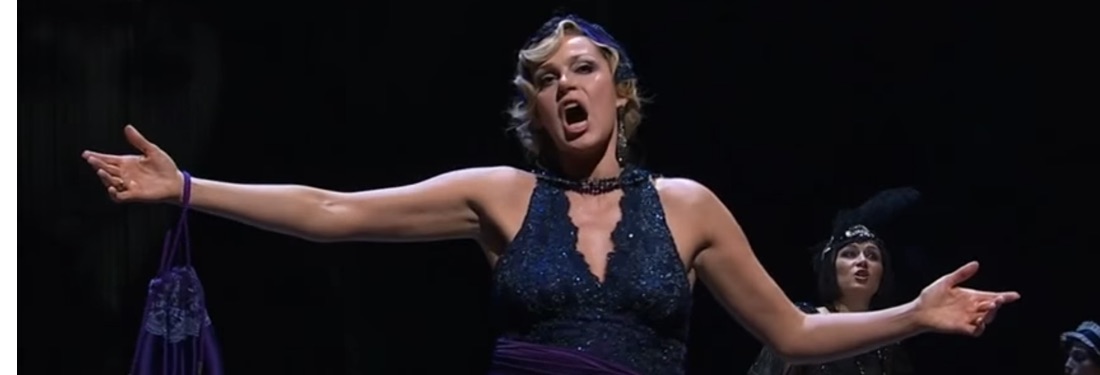
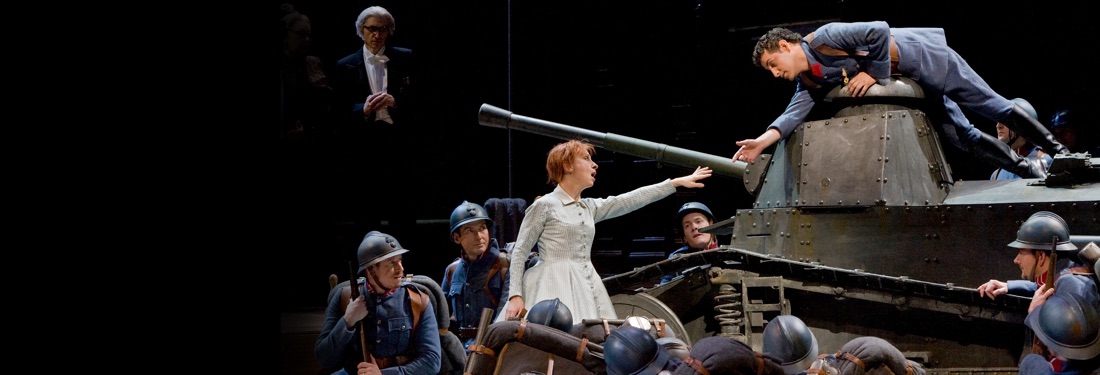
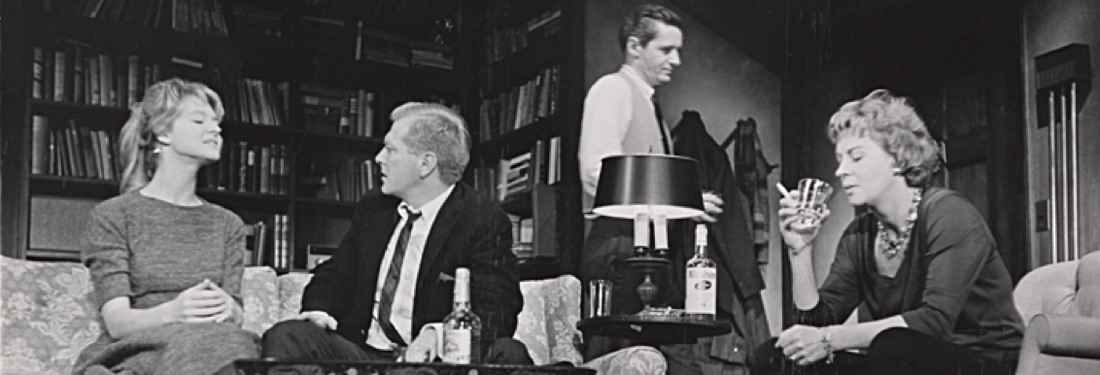
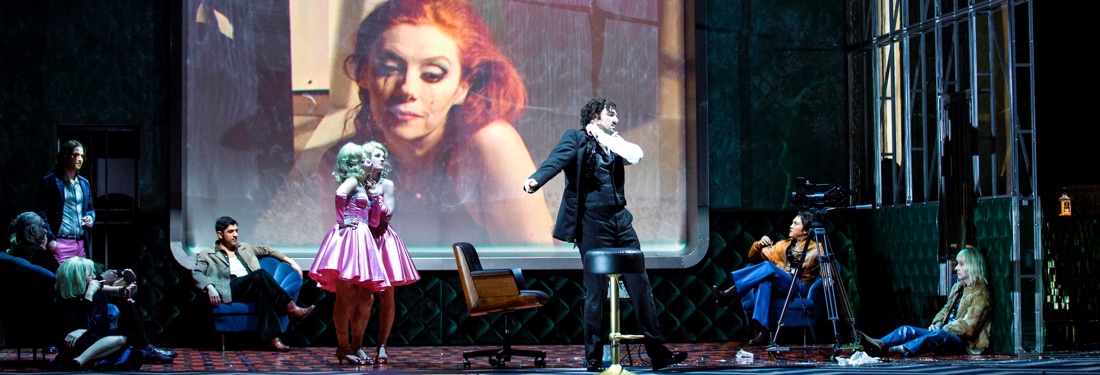
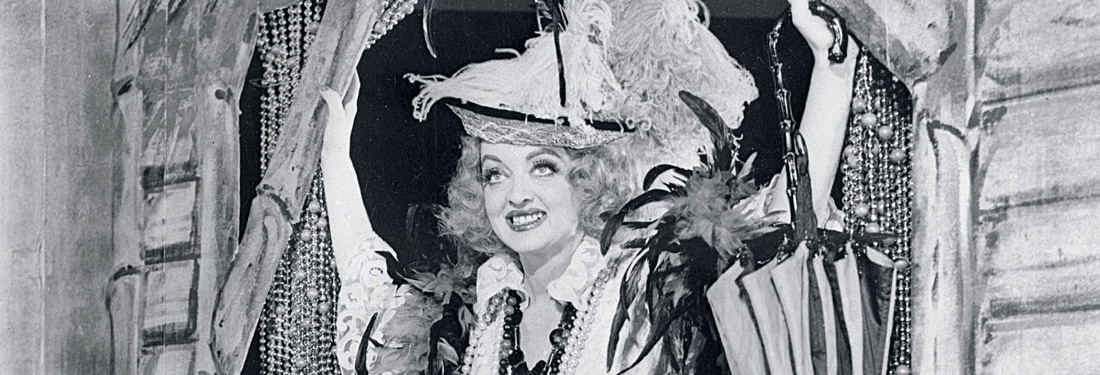
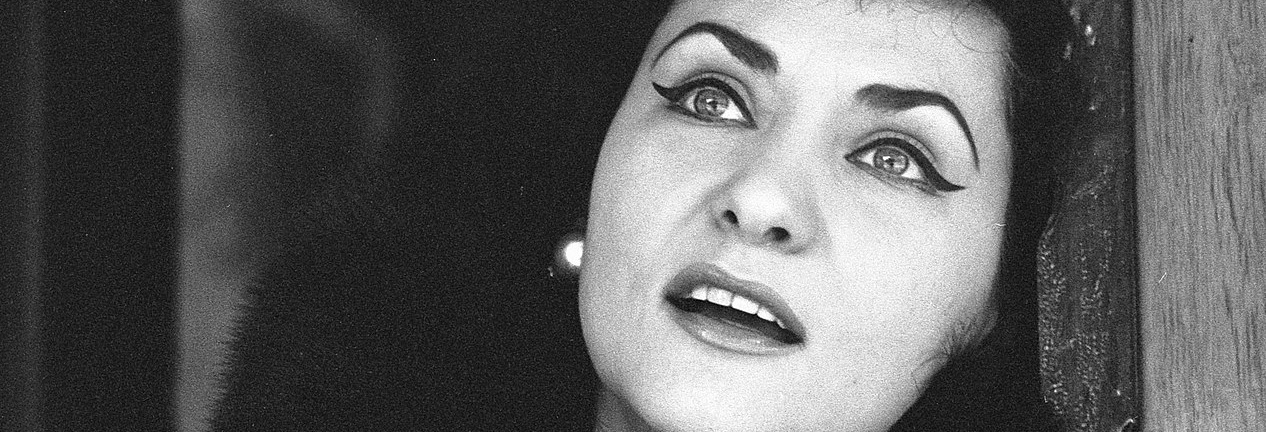
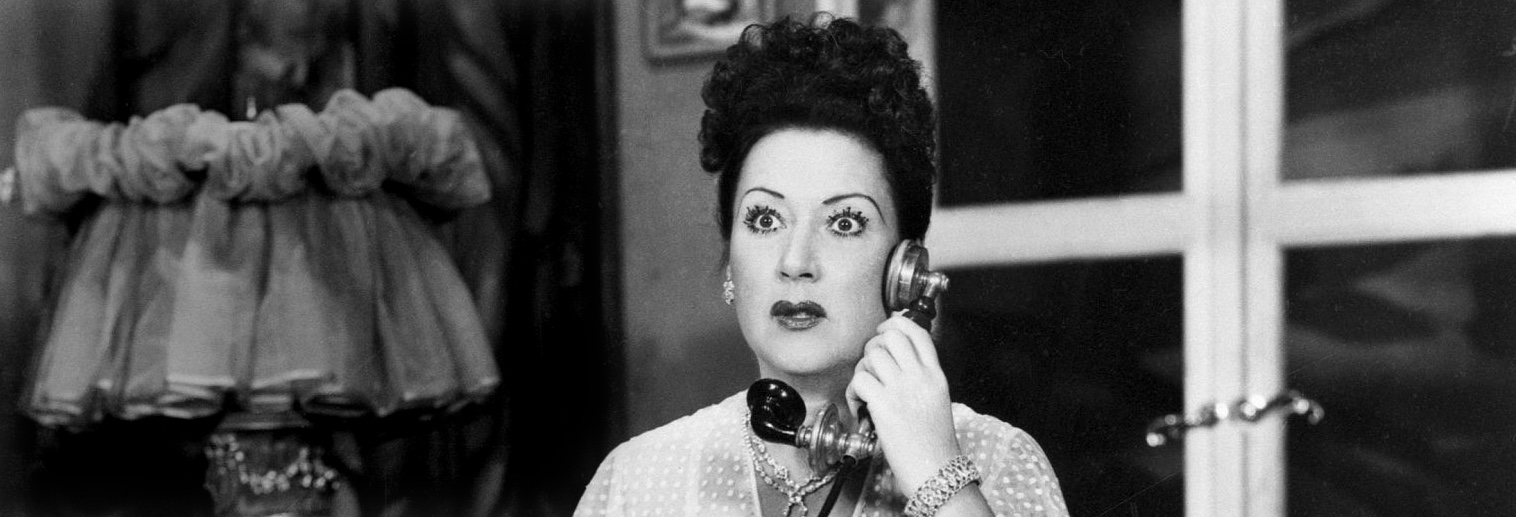
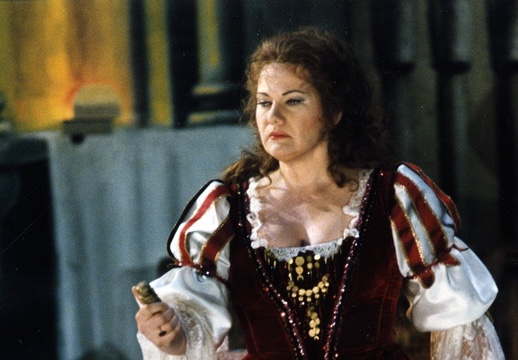
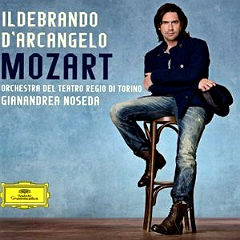

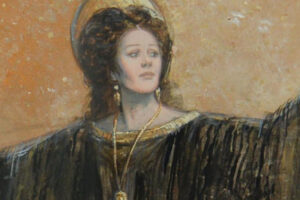

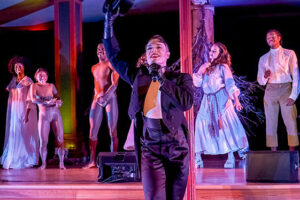




Comments